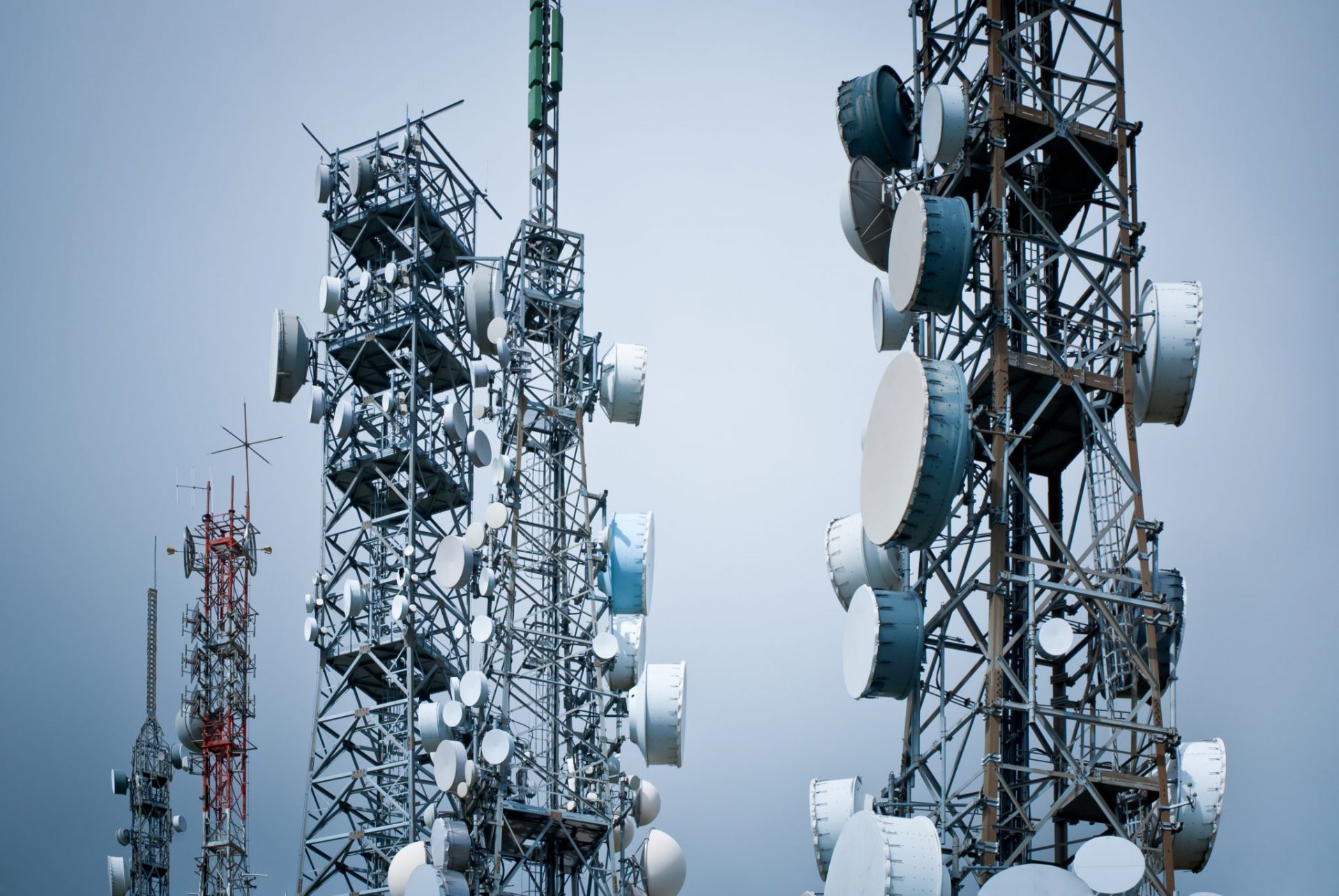If you've ever wandered through a town you might have noticed tiny 5G cell towers on the poles of street lights. They appear like tiny boxes however, they're actually transmitting wireless signals from cell phone providers to your phone.
Click here for info are replacing larger specially-designed cell towers. Although they're not as visible but they can still cause issues for users.
It is the of the FCC's Radiation Exposure Thresholds
The FCC's Radiation Exposure Thresholds determine the safe distance that one can expose to electromagnetic radiation from wireless devices. The limits for exposure are based on research that prove that electromagnetic energy can be harmful to health.
The absorption rate specific (SAR) is a measure of the radiofrequency energy taken up by tissues. It's usually 1.6 watts per kilogram, calculated over one kilogram of tissue.
But, since 5g operates at higher frequencies this could be able to increase the intensity of energy on the skin and other exposed body areas. This could lead to many possible harms, such as an increase in appearance of skin conditions such as dermatitis and cataracts and skin cancer.
Due to the potential for severe effects of 5g radiation, PSU has chosen to establish a general, localized power density limit of 4 mW/cm2 based on the average over 1 cm2, and not exceeding 30 minutes for the entire 5G spectrum at 3000 GHz. This localized limit is in accordance with the highest SAR spatial-average of 1.6 W/kg, which is averaged over 1 g of tissue at 6 GHz.
what is a safe distance from a 5g cell tower
If you've ever operated a cell phone, then you're aware that a safe range from the tower is around 400 meters. This is due to the transmitting power of cell towers increases drastically the farther your location from the tower.
While this sounds like an ideal idea however, people living in close proximity to towers might be more prone to health issues. For instance, a study conducted in 2014 in India discovered that those living within 50 meters of cell towers had significant more health issues than those living further away from the antennas.
But, the study showed that residents who moved to areas that were further from the cell towers saw their symptoms improve within a few days. Other studies have shown that exposure to high amounts of electromagnetic field radiofrequency (EMFs) could cause cancer, brain tumors, and other health problems.

This is due to the fact that RF radiation, used in wireless communications, may penetrate the body's outer layer, the skin. It is vital to be aware of this because the skin acts as a barrier to protect against mechanical injury, infection caused by pathogenic microorganisms and entry of toxic substances. It is also the biggest organ of the human body, and is responsible for maintaining the integrity of other organs.
The FCC's Minimum Exposure Thresholds for the Minimum Exposure
The FCC's Minimum Exposure Thresholds rely on several assumptions that aren't supported by evidence from science. These include the erroneous assumption that short-term exposures to RF radiation are safe because of the minimal absorption into body (i.e. the heating of tissues).
The assumption also ignores the deeper penetration of the ELF parts of modulated RF signals as well as the effects of short bursts of heat caused by RF pulses. These assumptions do not correspond with current knowledge of the biological effects of RF radiation, and thus they shouldn't be considered for health protection exposure standards.
Additionally to that, ICNIRP and FCC are limiting their maximum radiation limits for local peak SARs, based on the maximum frequency of absorption (psSAR) that is an inadequate dosimetric tool to assess the amount of radiation exposure. In particular, psSAR is inaccurate for frequencies above 6 GHz. Furthermore, psSAR has not been tested for RF radiation exposed to other agents of the environment such as sunlight. The interactions of RF radiations with different environmental agents could cause synergistic or antagonistic impacts. This would result in the risk of having adverse health adverse effects. For example, co-exposure to RF radiation and sunlight could cause an increase in the incidence of skin cancer, as well as aggravate other skin conditions like acne.
